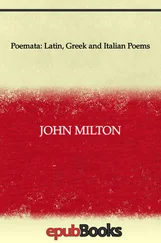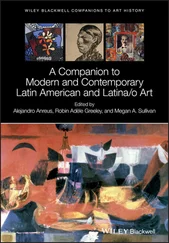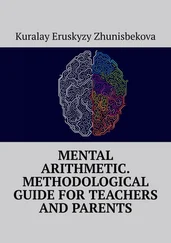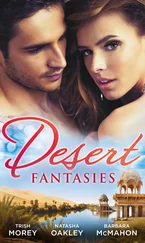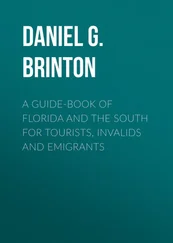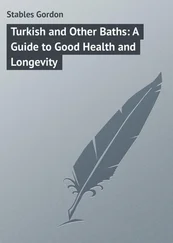When you read a poem aloud, you will also begin to notice that this “heightened form of speech” has a certain rhythm or meter. English meter is largely determined by the “stresses” that we naturally place on certain syllables when we speak – an effect that is sometimes enhanced by the use of words which rhyme. Latin meter is very different. It alternates between “heavy” syllables that take a relatively long time to pronounce (generally speaking those which contain long vowels and those which end in a bunch of consonants) and “light” syllables that take a comparatively short time to speak (try saying aloud the words “heavy” and “long” and compare the sound with the words “light” and “short” to get a feel for this in English). In Latin lyric and elegy, the particular meter used by the poet describes the careful arrangement of these “heavy” and “light” syllables into certain patterns. Fitzgerald uses the opening lines of one of Horace’s most famous lyric stanzas (or verses) – Horace Odes 1.5.1-2 – to illustrate how this pattern works sonically and metrically in the case of a particular lyric form known as the “Third Asclepiad.” He represents a “heavy” and “long” syllable with a “dum” sound and the traditional symbol “–” and represents the “light” and “short” syllables with a “da” sound and the traditional symbol “  ” (Fitzgerald 2013: 116–117 – we will translate these lines together in the analysis that follows):
” (Fitzgerald 2013: 116–117 – we will translate these lines together in the analysis that follows):
Quis multa gracilis te puer in rosa
dum dum / dum da da dum / dum da da / dum da dum
– – / –  – / –
– / –  / –
/ –  –
–
perfusus liquidis urget odoribus
dum dum / dum da da dum / dum da da / dum da dum
– – / –  – / –
– / –  / –
/ –  –
–
The basic scheme of the elegiac meter follows a similar pattern of “heavy/long” and “light/short” syllables but is recognized by its use of elegiac couplets – two paired lines of poetry with a carefully regulated rhythm of those syllables into units known as “dactyls” and “spondees.” The first line of each couplet is a line of “dactylic hexameter,” the meter used in epic poetry, i.e. six dactyls (– ) or spondees (– –); the second is a shorter line of dactylic pentameter (i.e. five dactyls or spondees). One of the nice things about the elegiac meter is that each metrical couplet tends to be “closed” – that is, the sentence typically ends at the end of a line. The typical meter of an elegiac couplet, such as the opening lines of Ovid’s Amores (1.1.1-2) where the poet talks about the elegiac meter as rising and falling (1.1.3-4), can therefore be represented as:
arma gravi numero violentaque bella parabam
–  / –
/ –  / –
/ –  / –
/ –  / –
/ –  /–
/– 
dum da da / dum da da / dum da da / dum da da / dum da da / dum da
edere, materia conveniente modis.
–  / –
/ –  / – / –
/ – / –  / –
/ –  / –
/ –
dum da da / dum da da /dum / dum da da / dum da da / dum
In Latin, individual words can be arranged in almost any order in the lines of a poem, which enables Latin lyric and elegiac poets to be especially creative in adapting their choice of words to different meters. This doesn’t mean that they simply choose any word of the right “length” or “weight” however. We often see the Latin poets deliberately playing with word order to achieve a particular affect (employing a literary technique known as hyperbaton ). For example, selecting certain words to be placed either next to one another or far apart in a sentence helps to draw our attention to a particular connection, similarity, or contrast. Similarly, words placed at the beginning or at the end of a line of poetry often carry some special significance and value. Indeed, there are many poetic effects relating to Latin word order in poetry, including: asyndeton , leaving out conjunctions in a list of words; chiasmus , the “a-b-b-a” arrangement of words (adjective, noun, noun, adjective); ellipsis , the omission of words; hendiadys , using noun/noun in place of noun/adjective; polysyndeton , using lots of conjunctions; tricolon , a list of three elements, usually increasing in size or importance; and zeugma , using one word to convey two different senses simultaneously.
Again, the opening lines of Horace, Odes 1.5 (discussed in greater detail in Chapter 3) gives us a good example to explore some of these poetic features. The word order in the first line of this poem is an excellent example of the remarkable flexibility that Latin allows in terms of word order (especially compared to a language such as English; Horace, Odes 1.5.1-5):
quis multa gracilis te puer in rosa
perfusus liquidis urget odoribus
grato, Pyrrha, sub antro?
cui flavam religas comam,
simplex munditiis?
The poem opens with a question ( quis? ) and introduces us to its subject, a “graceful/slim young man or boy” ( gracilis … puer ) in the nominative case (the case used for the main subject of a sentence). We also meet an object: here the addressee of the poem, signaled by the pronoun “you” ( te ) – although we do not yet know the identity of this person as the name “Pyrrha” isn’t revealed until the poem’s third line. There is no main verb yet: the verb “hugs/embraces” ( urget ) is delayed until the next line, so we have to read on to discover the main sense of the line: “what graceful boy [is hugging] you?” But we do get a vivid word-picture of the opening scene which Horace wants us to imagine here. The object, te , is deliberately placed in-between the two subject words, gracilis … puer : Pyrrha, the poem’s addressee, is literally being embraced by the graceful boy. When we look at the adjectives in the first line, we see that this embrace itself takes place “amidst many roses,” or “on a bed of roses” ( multa … in rosa ). Pyrrha and her young lover are embracing literally within ( in ) a picturesque bed or arbor of roses ( multa … rosa ). As the poem continues, we discover that the boy is “drenched in liquid perfume” ( perfusus liquidis … odoribus ) and that this flowery embrace is taking place “within a lovely cave” ( grato … sub antro ). Here we see, once again, that the arrangement of words mirrors the action of the poem: Pyrrha is literally enclosed within her “lovely cave” ( grato, Pyrrha, sub antro ). In the next line (the last line of this stanza), Horace asks Pyrrha another question: “For whom do you tie up your golden hair …?” ( cui flavam religas comam …?) . We might well expect this to be a good place to “tie-up” the sentence and the stanza with a full stop. However, Horace lets the sentence flow on into the middle of the first line of the next stanza (an example of enjambment ). Given the evident care and attention Horace has already given to his choice of word order and arrangement, it is probably safe to presume that this spilling over of the sense and sentence into a new line and a new stanza is significant in some way – perhaps because they reveal something important about Pyrrha who, we now learn, is “simple in [your] worldliness,” or “simple in [your] elegance” ( simplex munditiis ). This is an oxymoron : a contradiction. Is Pyrrha supposed to be simple and innocent? Or is she elegant and worldly? Or is she both – duplicitous and deceitful? The fact that, later in the poem, her young lover is described by Horace as “trusting” ( credulus ) suggests that this third reading is justified. Indeed, it is always worth reading and then re-reading a lyric or elegiac poem because your initial interpretation of its meaning may well be informed and changed by what you learn as the poem progresses.
Читать дальше
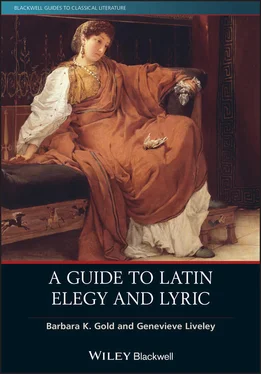
 ” (Fitzgerald 2013: 116–117 – we will translate these lines together in the analysis that follows):
” (Fitzgerald 2013: 116–117 – we will translate these lines together in the analysis that follows): – / –
– / – 
